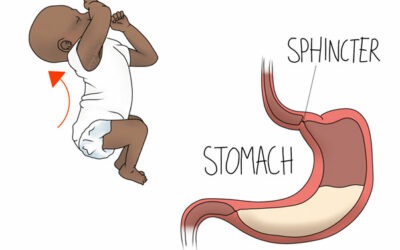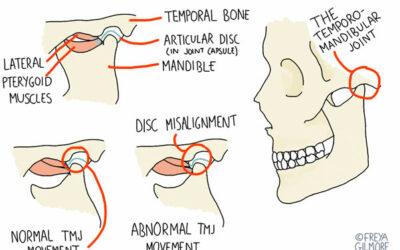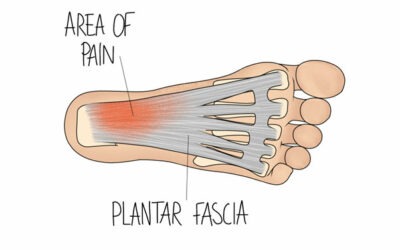 It’s National Car Safety Week so we thought we’d offer our advice on preventing back and neck injuries in the car should you be involved in a car accident where another driver runs into the back of you.
It’s National Car Safety Week so we thought we’d offer our advice on preventing back and neck injuries in the car should you be involved in a car accident where another driver runs into the back of you.
There’s one very simple thing you can do: adjust your headrest. That’s it.
And here’s why.
The headrest is there to limit movement of the head in the event of a rear end collision. It’s there to support your head and prevent your neck from bending backwards upon impact. If the headrest is set too low and too far from the back of your head, it offers no support and you’re putting yourself at risk of a whiplash injury.
Upon impact from behind, your car is accelerated forwards. As this happens the seat pushes against your back. Your back is cushioned by the seat, but your neck and head continue to move backwards with the force of the impact. If your head isn’t supported properly because of a headrest that’s set too low, it will continue to move backwards over the headrest. This can lead to hyperextension of the neck, compressing the back structures of the neck and stretching the front ones. As well as the neck, the mid back often gets compressed as a result of the impact and compression against the seatbelt. The lower back may also get involved as the body moves forwards and backwards with a fixed, strapped down pelvis. Often there is a delay between the incident and the onset of symptoms.
How high?
The top of the headrest should be slightly above the level of your head, as you tend to rise with a rear impact and your headrest needs to restrain your head from moving too far backwards.Adjusting the headrest to this position will make sure it offers you greater support.
How far back?
Make sure your headrest is no more than 5cm (2 inches) from the back of your head when you’re sitting in your normal driving position.
Adjust your headrest as we’ve advised and, should you have a back end collision, your head, neck and torso will move in alignment and at the same speed with reduced risk of serious injury.
And don’t forget to adjust your passengers’ headrests too – while they’re in your vehicle, you’re responsible for their safety.
If you’ve suffered a collision that’s left you with whiplash or more general back and neck pain, visit one of our osteopaths, physiotherapists or chiropractor to find out how our team of could help to ease your pain.



0 Comments